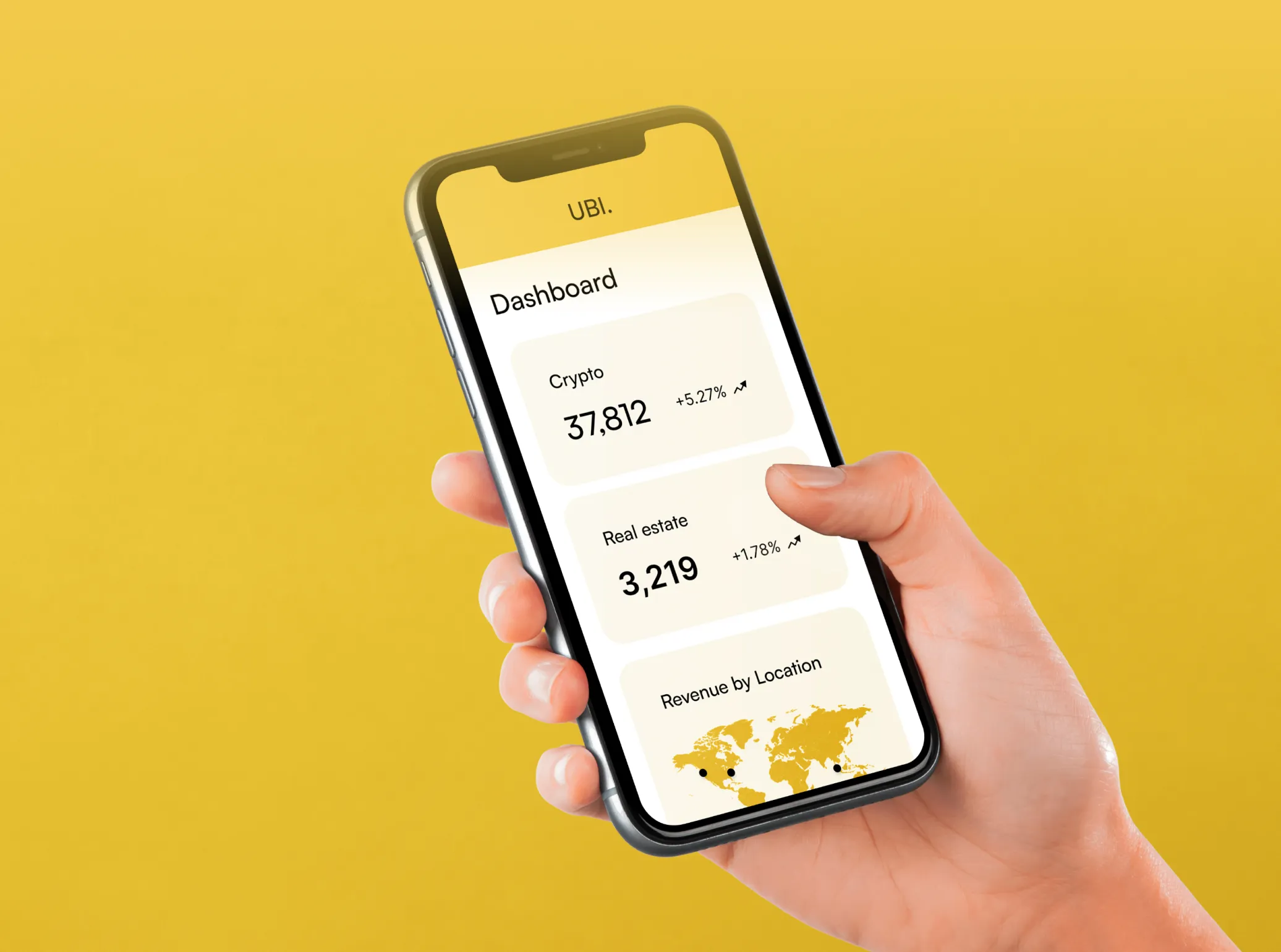A Patient’s Guide to Suboxone Induction: What to Expect in Your First Week
Starting the journey to recovery is a huge act of courage, and deciding to begin Suboxone treatment is a powerful step toward reclaiming your life. We know that the first few days, known as the "induction phase," can feel like the most intimidating part. You may have heard stories or have fears about getting sick or doing it wrong.
This guide is here to walk you through that first week, step-by-step. Our goal at SobrietyMeds is to replace your anxiety with confidence. We want you to understand exactly what’s happening in your body and how we will work with you to make the process as safe and comfortable as possible.
The "Golden Rule": Why You Absolutely MUST Be in Withdrawal
The single most important rule for starting Suboxone is that you must be in a state of mild-to-moderate opioid withdrawal before you take your first dose. This is non-negotiable, and it’s for your safety.
Here’s why: Think of the opioid receptors in your brain as parking spots. When you use drugs like heroin, fentanyl, or oxycodone, those parking spots are filled by very powerful cars. The buprenorphine in Suboxone is like a tow truck—it’s stronger and has the power to pull all those cars out of the parking spots at once.
If you take Suboxone too early, when the spots are still full, the buprenorphine will aggressively kick the other opioids out, triggering a sudden and severe wave of withdrawal symptoms. This is called precipitated withdrawal, and it feels awful.
However, if you wait until you are already in withdrawal, many of those parking spots are already empty. The buprenorphine can then slide into place gently, relieving your withdrawal symptoms without a fight.
How Do I Know I'm in Withdrawal? Using the COWS Scale at Home
"Mild-to-moderate withdrawal" can sound vague, but it involves clear, physical symptoms. Doctors use a tool called the Clinical Opiate Withdrawal Scale (COWS) to measure the intensity of withdrawal, and you can use a simplified version at home to check your own symptoms. Before your induction appointment, your provider will want to know if you are experiencing several of the following:
- Restlessness and Anxiety: You can’t sit still, feel agitated or anxious.
- Aching Body: You have noticeable aches in your bones and muscles.
- Enlarged Pupils: When you look in a mirror, your pupils are larger than normal.
- Yawning: You are yawning frequently, even if you don't feel tired.
- Runny Nose or Tearing Eyes: Your nose is running or your eyes are watery.
- Sweating: You are sweating despite not being hot or physically active.
- Goosebumps: You have "gooseflesh" on your skin.
- Stomach Cramps or Nausea: Your stomach is upset.

You do not need to be in agony. The goal is to feel clearly and uncomfortably sick from withdrawal. Your provider will help you determine the right time.
Your First Dose: Starting Safely with Your Provider
Your induction will be done under the guidance of your SobrietyMeds provider. You will never be asked to figure this out alone.
The process follows a simple principle: "Start low and go slow."
- Confirmation: Your provider will first confirm with you that your withdrawal symptoms are present.
- The First, Small Dose: You will be instructed to take a small starting dose of Suboxone (e.g., 2 mg or 4 mg of buprenorphine). You will dissolve the film under your tongue as directed.
- Waiting and Watching: You will then wait, typically for 1-2 hours. Your provider will be in contact with you to see how you are feeling.
- What You Should Feel: If the timing is right, you will begin to feel a gradual sense of relief. The body aches will soften, the anxiety will lessen, and the stomach cramps will ease. This is the sign that the medication is working correctly.
If you feel worse or your symptoms intensify, it means the dose was likely taken too early. Your provider will give you clear instructions on how to manage this.
The First 24-48 Hours: Finding Your Stable Dose
Over the first day or two, you will work closely with your provider to find your perfect, stable dose. If your withdrawal symptoms are not fully relieved after the first dose, your provider may instruct you to take another small dose a few hours later.
This process is repeated until your symptoms are controlled. The goal is not to feel high or sedated; it is to feel normal. The right dose is the one that keeps withdrawal and cravings at bay for a full 24 hours.
A Week in Review: What "Stable" Feels Like
By the end of your first week on a stable dose of Suboxone, you should experience a profound change. "Stable" means:
- You can wake up in the morning without immediately feeling sick or craving opioids.
- You can go about your day without being distracted by withdrawal symptoms.
- You feel clear-headed and present.
- You have the physical and mental space to begin focusing on other aspects of your recovery, like counseling and rebuilding healthy routines.
This stability is the foundation of your recovery. It’s the freedom from chaos that allows you to do the real work of healing.
Starting Suboxone is a process that requires trust and teamwork between you and your provider. We are here to guide you through every step safely and compassionately.
Sources:
- TIP 63: Medications for Opioid Use Disorder - Chapter 3, Buprenorphine. Substance Abuse and Mental Health Services Administration (SAMHSA). Accessed July 15, 2025. https://store.samhsa.gov/product/tip-63-medications-opioid-use-disorder-full-document/PEP21-02-01-002
- This clinical guide provides the medical standard for buprenorphine induction, including the protocols for home induction and managing precipitated withdrawal.
- Wesson, D. R., & Ling, W. (2003). The Clinical Opiate Withdrawal Scale (COWS). Journal of psychoactive drugs, 35(2), 253–259. https://www.tandfonline.com/doi/abs/10.1080/02791072.2003.10400007
- This is the original academic publication detailing the COWS scale, establishing it as the clinical standard for assessing withdrawal severity.
- Buprenorphine/Naloxone (Suboxone) Treatment for Opioid Use Disorder. American Family Physician. Accessed July 15, 2025. https://www.aafp.org/pubs/afp/issues/2018/1001/p450.html
- This article provides a concise overview for physicians on the practical aspects of Suboxone induction and stabilization, reinforcing the "start low, go slow" methodology.
- SUBOXONE® (buprenorphine and naloxone) Sublingual Film Prescribing Information. U.S. Food and Drug Administration (FDA). Accessed July 15, 2025. https://www.accessdata.fda.gov/drugsatfda_docs/label/2021/022410s042lbl.pdf
- The official FDA label contains specific instructions and warnings regarding induction and precipitated withdrawal, serving as the ultimate primary source.

-2.jpg)




.jpg)





